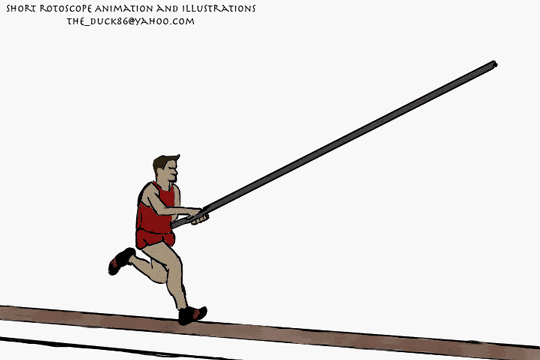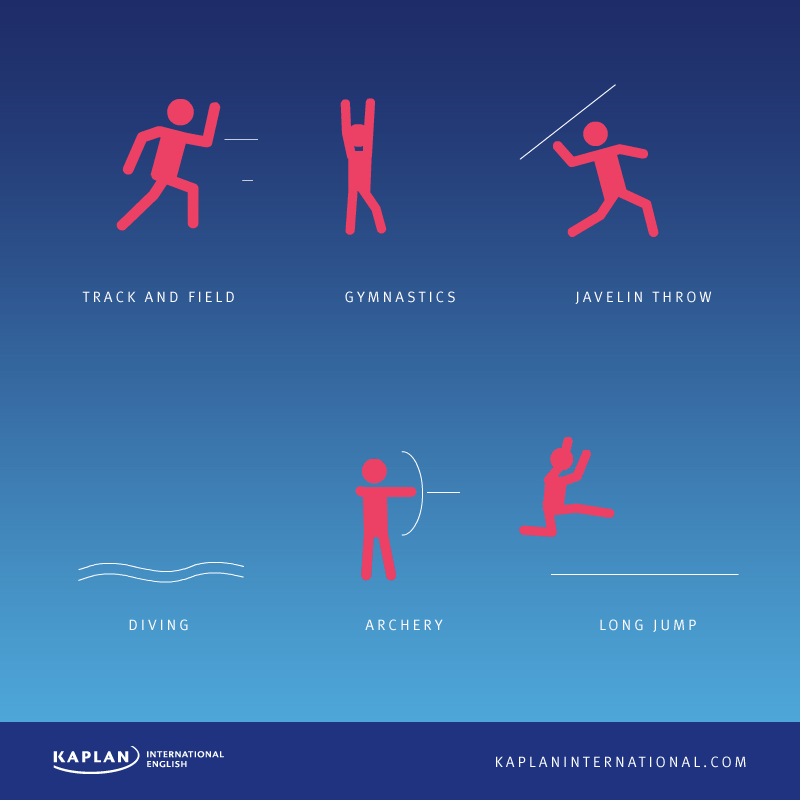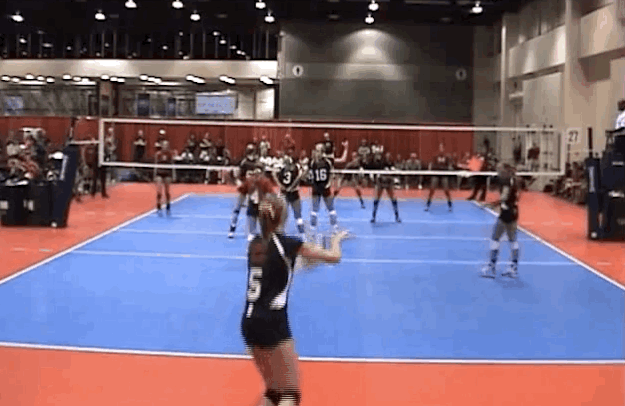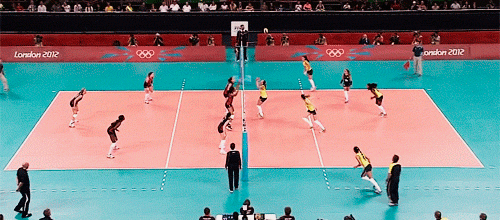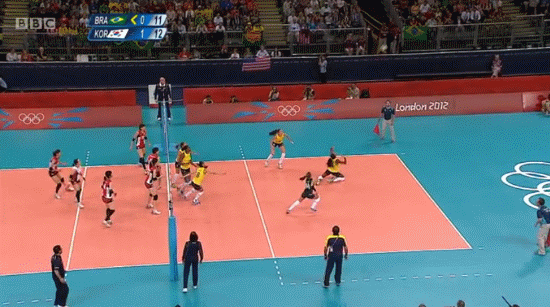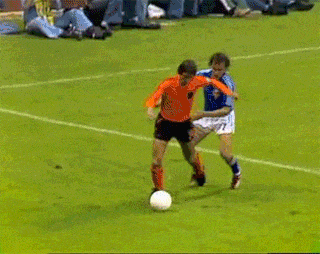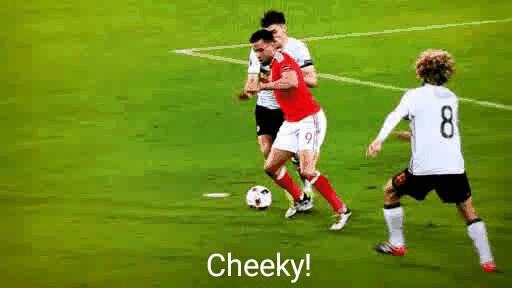Topic ; Pre – Colonial sport/ Traditional sports
Content; (a) Types of traditional sports
(B) Origin and significance of the pre-colonial sports
Types of Traditional sports
They are ;
-Boat Regatta
-Local wresting
-Abula
-Langa
 Origin and significance
A. Local wrestling
Origin and significance
A. Local wrestling
Traditional or local wresting is one of the oldest sport with history .In past times, ancient men believes that wresting is fit for the gods. Traditional wrestling has various names like Ijakadi, Kokawa, ngba , gidigbo etc. The greatest wrestler in a community is accorded respect in public Places.
Significance
-For recreation ,
-For cultural transmission
-For health live
-For mental alertness
-For entertainment & source of income
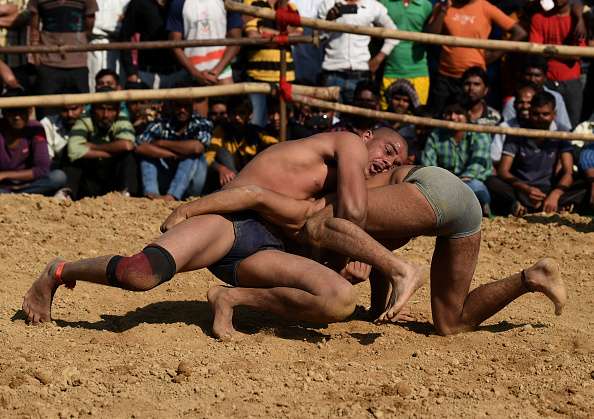 (B) Abula
(B) Abula
The game of Abula was invented in 1984 by Elias Yusuf. Abula literally means “cut to join” This is bested on combination of skill of lawn tennis, volleyball and table tennis. The game is played by a uniquely designed Abula bat and a playing court measured 16m by 8m over a net 2.44m high. The game is played by two teams of 4 player each .The game was recognized by the N.O.C. and I .O.C in 1994. It is a regular feature at the biennial national sports festival in Nigeria and the N.U.G.A.
The federal ministry of Education included Abula game in the school curriculum for primary and Secondary Schools in Nigeria in the year 2001.It is simple to established and can be played by both sexes
Significance
- for competition and recreation
- for physical fitness and entertainment
- for fun and enjoyment.
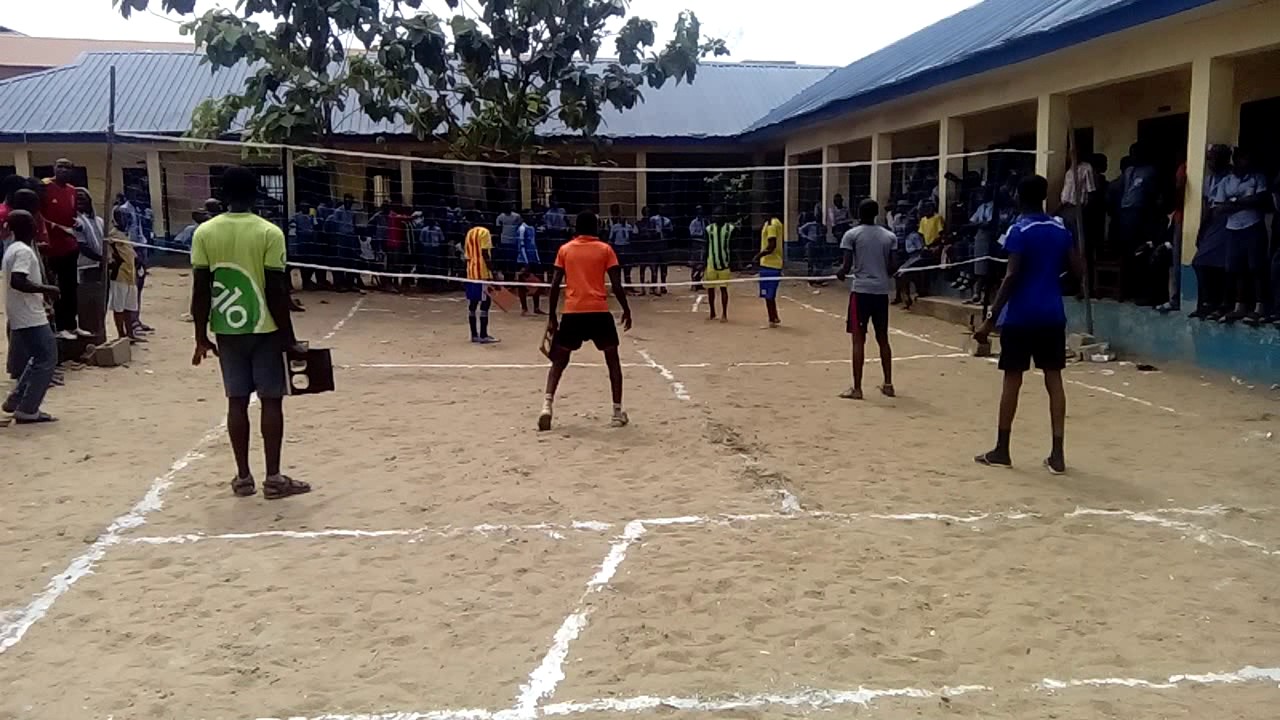
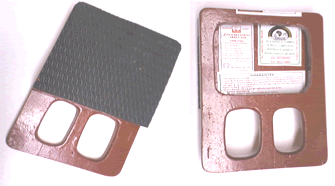
Abula is a ball game invented by Mallam Elias Foluso Yusuf and played with a uniquely designed Abula bat which has built in safety measures.
The game is played in a court of 16m x 8m over a high net of 2.44m from the turf. It is a four aside game with four substitutes allowed on each side, substituting only twice in a set. There are 13 major rules and regulations guiding the game. It is a very popular in schools, clubs and national competitions. It received IOC patronage in 1994 through Sport for All and the Nigeria Olympic Committee.
It is now a regular medal scoring event at the Biennial National Sports Festival in Nigeria scoring 3 gold,3 silver and 3 bronze medals in male, female and mixed doubles categories as recorded at IMO 98,BAUCHI 2000 and EDO 2002.It is recognized by the Nigerian School Sports Federation and NUGA(Nigerian University Games Association) for championship tournaments.
The Federal Ministry of Education has also recognized Abula for the school curriculum in Primary and Secondary schools in Nigeria (2001) Abula was built to be in Montreal Canada at the 4th World Festival of Traditional Sports in 2004.The game was invented in 1984 by Elias Yusuf, basing his invention (of the game) on principle of balanced diet called Abula which has being in existence as old as the civilization of the yorubas in south west of Nigeria.
ADVANTAGES OF ABULA GAME
(i) It is very interesting.
(ii) It is cheap to establish.
(iii) It is simple to understand and master.
(iv) It is very recreative and competitive.
(v) It is for both sex 1.e. for male and female to play together shoulder to shoulder in the same court promoting the spirit of BEIJING 1995.
(vi) It is very popular among school children.
(vii) It is a very safe sport in comparison with some other gruesome sports.
(viii) It economizes space especially in cities where land is a scarce resource.
(ix) It has interesting varieties such as Abula Family Game (AFAGA) and Fitness Abula which are very good for recreational purposes.
RULES AND REGULATIONS OF ABULA GAME
RULE 1(COURT)
It is played in a court of 16m by 8m with a net of 2.44m high in the middle.
RULE 2(BALL AND BAT)
It is played with a tennis size ball and with a specially designed Abula bat. Abula bat weighs between 0.5.kg and 0.75kg.The face of the bat that makes contact with the ball is 20cm by 20cm.
RULE 3
A team is made up of four players aside .Male and female players can play separately. Mixed team of 2 boys and 2 girls are allowed. Four substitutes are allowed per team.
RULE 4
Player’s dress consist of sport vests, shorts/skirts, canvas shoes and socks to match or any other acceptable sport wear/traditional sports wear/jersey.
RULE 5(PLAYING PROCEDURES)
At the start of a match, a toss of the coin decides which side starts the game.
Toss the ball up before you hit the ball with the bat and the ball goes over the net into the opponent’s side of the court, to land inside the court.
RULE 6(SCORING)
You score your points whether you are serving or receiving.
Server serves four times in succession.
The game goes the length of 16 points to win if there is no deuce.
A game goes to twenty points if there is a deuce.
A match is best of three or best of five games.
RULE 7(SERVICE)
A server serves the ball by tossing the ball into the air and hitting the ball with the face of the bat to get the ball over the net to the opponent’s side of the court.
The server serves the ball from the service area at the right hand corner of the back of the court.
Rotation of service is clockwise .The team will rotate when services rotate to them except at the beginning of the game.
DEUCE: A deuce is called at 15-15 .The game then goes to 20 points to win. The first team to get to twenty points wins the game.
During the deuce game, a team will serve once before the service is transferred to the opponent and rotation precedes service.
The player that is serving when the deuce is called starts the deuce game.
RULE 8(BALL AT PLAY)
Three touches are allowed in the game.
RULE 9(BAT MOVEMENT)
Touching the ball in succession by a player is a fault.
Only the face of the bat should be used to contact the ball.
You can use one of the two hands to hold the bat which has three handles in one.
The two hands are also allowed to hold the bat.
Bats of two players of the same team must not hit each other while attempting to play when the ball is in play.
RULE 10(SUBSTITUTION)
There are four substitutes for each team making a total of eight players for the team.
In a mixed team, female substitutes a female (player) while a male for a male (player) respectively.
Only two substitutes are allowed in an encounter/game.
RULE 11(BAT HOLDING)
The bat is held by the handles.
Use only the face of the bat to contact the ball.
RULE 12(OFFICIALS)
Apart from the match commissioner, there shall be eight officials, made up of the followings: One Referee, One Umpire/Assistant Referee, Two Scorers (1 table and one score board), and four linesman. The Referee controls the game with a whistle.
RULE 13(TIME OUT)
A team is allowed a maximum of two time outs in a game.
A time out lasts for 30 seconds.
A change over period between one game and another is two minutes.
FAULTS THAT CREATE POINTS IN ABULA GAME
While playing the ball, if the bats of the two players of the same team touch each other while contacting the ball, the team is at fault,(bat clash or aided contact, it is a fault).
o Touching the ball in succession by a player is a fault. It is double contact.
o Only the face of the bat should be used to contact the ball. Any other part is a fault.
o Out ball is a fault against the last player.
o Block out is a fault against the blocker.
o More than three touches from a side before playing the ball to the opponent’s court is a fault.
o Wrong service is a fault leading to loss of points gained by it through faulty rotation.
o Touching the net with your body or bat when the ball is in play is a fault.
o If the ball hits the bat and the bat hits or touches the ground as a result, it is a fault.
o Throwing the bat to the ball is a fault.
o Backhand play is a fault.
o Ball touching the net directly from a serve is a fault.
o Serving the ball out of court is a fault.
o Faulty service e.g. not being able to serve ball over the net is a fault.
o Serving inside the court is a fault.
o Stepping /overstepping the dividing line of the court is a fault.
(d) Langa
Langa is a popular tradition sport that is commonly found among the Hausa/Fulani ethnic group of the Northern part of Nigeria .It is also played among the Yoruba youths as lakan laka without serious organized competition Langa is gradually spreading to the southern part of Nigeria .It is also a sport that is approved for Primary Secondary School Curriculum by the Federal Ministry of Education.
Langa is one of the earliest celebrated cultural displays among the Hausa speaking communities in northern Nigeria, and famous among the youths between the ages of 10 and 20. The group fighting game is used as a form of entertainment, display of combat prowess among the participating males. Langa game is usually a night event staged in the community arena where the young and old, including young girls come out to watch men in their teens mimic clannish wars to the admiration of the audience.
Participants in the Langa fiesta are usually divided into two equal groups in accordance with the number of people participating. One of the groups would take-off their shirts, leaving the other with their shirts on for identification purpose.
It is after this that the battle line would be drawn, and specific spot would be marked as the target or destination point where the captains of the sides, (Ruwa) as it is called in the game would reach to earn his group a point and that destination is referred to as Sha.
Ruwa is the only person that will determine the completion any round of the game. It is he reaches the Sha (final destination) and wins points for his group or be defeated to the advantage of the opponents.
Defeat in Langa game varies. It could be by Ruwa defeating all members of the opposing group or the Ruwa being able to reach the final destination without being overpowered by the opponent. This marks the end of a round.
Any group that loses all its members during the battle is considered defeated. So also if the group that produces Ruwa loses him during the play, the group is considered defeated. However, losing some members during the game by both groups is not considered a defeat until the end of the round.
The person to be chosen as Ruwa must attain certain qualities. First, he must be strong, bold and skilled in the art to face the opponents as Ruwa while his group members are to provide the necessary backing that would make him reach the destination. The opponents on the other hands are to erect barriers that would prevent the Ruwa from reaching the sha.
It is after this that the real fighting game involving all the group members would ensue. Though it is a make-believe battle, it is usually tough, and participants adopt all strategies, tactics and styles of real battle to ensure that their group emerge victorious at the end of the day, and by so doing the game is made interesting.
The method of fighting is that each member of the two groups would hold one of his legs with one hand and start jumping with one leg while fighting his opponent with the other hand.
Sometimes the game led to infliction of serious injuries on the participating members, but it would never lead to fight between members of the two groups since the entire episode is being considered a game. In fact, it is always starts as a game and ends up as a game.
In those days, the competition is organized among youths of different communities. It was learnt that apart from being a game that is serving as a way of exercising one’s body, it was also promoting unity, friendship and oneness among youths of various communities of Hausaland.
Significance
- for recreational purposes
- for cultural transmission
- for entertainment
- for group activities
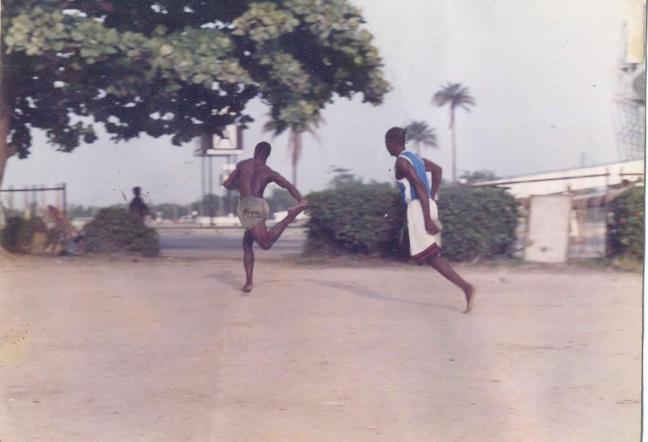
Evaluation;
1.Which year was Abula game invented?
2. Which tribe commonly play langa game ?
3. One of the following game is relevant to Abula game (a)lawn tennis (b) basketball.
Reading Assignment
Essential of PHE for Junior Secondary School Book 1 by Akinseye S.E.PP 62-68.









